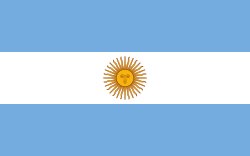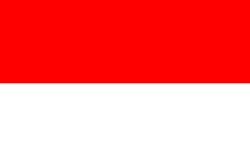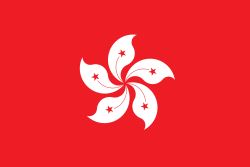Office of Film and Literature Classification (New Zealand)
 For alternative betydninger, se Office of Film and Literature Classification. (Se også artikler, som begynder med Office of Film and Literature Classification)
For alternative betydninger, se Office of Film and Literature Classification. (Se også artikler, som begynder med Office of Film and Literature Classification)
Office of Film and Literature Classification (OFLC, maorisk: Te Tari Whakaropu Tukuata, Tuhituhinga) er en offentlig orignisation i New Zealand som er ansvarlig for at sætte aldersgrænser på film, videoer, bøger og nogle computerspil. Chefen for orginisationen hedder en "Chief Sensor", en titel som har vært brugt siden 1916 på embedsmanden som er ansvarlig for censur i New Zealand.
Eksterne henvisninger
 Wikimedia Commons har flere filer relateret til Office of Film and Literature Classification (New Zealand)
Wikimedia Commons har flere filer relateret til Office of Film and Literature Classification (New Zealand)- Officielle hjemmeside Arkiveret 21. maj 2010 hos Wayback Machine
| ||||||||||||
|
Koordinater: 41°16′38″S 174°46′48″Ø / 41.2772°S 174.78°Ø
Medier brugt på denne side
Flag of Iran. The tricolor flag was introduced in 1906, but after the Islamic Revolution of 1979 the Arabic words 'Allahu akbar' ('God is great'), written in the Kufic script of the Qur'an and repeated 22 times, were added to the red and green strips where they border the white central strip and in the middle is the emblem of Iran (which is a stylized Persian alphabet of the Arabic word Allah ("God")).
The official ISIRI standard (translation at FotW) gives two slightly different methods of construction for the flag: a compass-and-straightedge construction used for File:Flag of Iran (official).svg, and a "simplified" construction sheet with rational numbers used for this file.
Used color: National flag | South African Government and Pantone Color Picker
| grøn | rendered as RGB 0 119 73 | Pantone 3415 C |
| gul | rendered as RGB 255 184 28 | Pantone 1235 C |
| rød | rendered as RGB 224 60 49 | Pantone 179 C |
| blå | rendered as RGB 0 20 137 | Pantone Reflex Blue C |
| hvid | rendered as RGB 255 255 255 | |
| sort | rendered as RGB 0 0 0 |
Flag of Portugal, created by Columbano Bordalo Pinheiro (1857–1929), officially adopted by Portuguese government in June 30th 1911 (in use since about November 1910). Color shades matching the RGB values officially reccomended here. (PMS values should be used for direct ink or textile; CMYK for 4-color offset printing on paper; this is an image for screen display, RGB should be used.)
Finlands flag
bendera Indonesia
The Flag of Europe is the flag and emblem of the European Union (EU) and Council of Europe (CoE). It consists of a circle of 12 golden (yellow) stars on a blue background. It was created in 1955 by the CoE and adopted by the EU, then the European Communities, in the 1980s.
The CoE and EU are distinct in membership and nature. The CoE is a 47-member international organisation dealing with human rights and rule of law, while the EU is a quasi-federal union of 27 states focused on economic integration and political cooperation. Today, the flag is mostly associated with the latter.
It was the intention of the CoE that the flag should come to represent Europe as a whole, and since its adoption the membership of the CoE covers nearly the entire continent. This is why the EU adopted the same flag. The flag has been used to represent Europe in sporting events and as a pro-democracy banner outside the Union.Official OFLC classifications. Used to illustrate the current rating system in New Zealand. Downloaded from http://www.censorship.govt.nz/censorship-film-labels.html All Rights Reserved OFLC 2007.


























